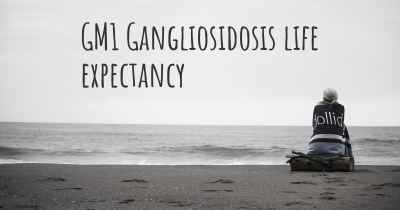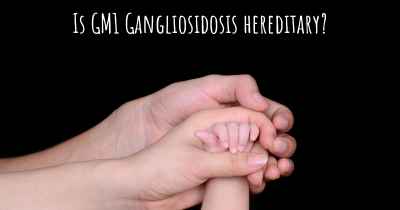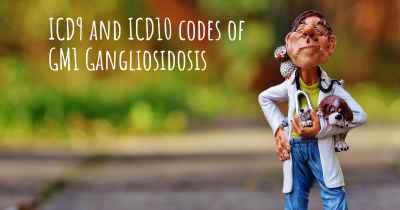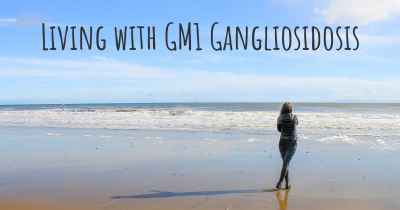How is GM1 Gangliosidosis diagnosed?
See how GM1 Gangliosidosis is diagnosed. Which specialists are essential to meet, what tests are needed and other useful information for the diagnosis of GM1 Gangliosidosis
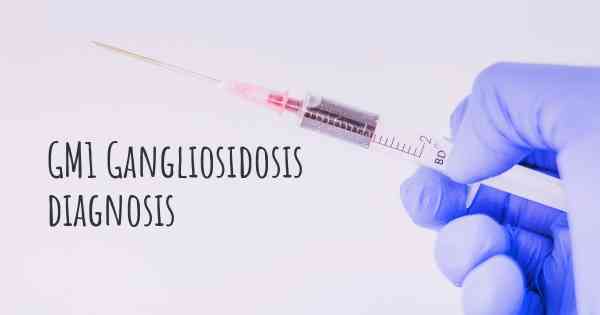
GM1 Gangliosidosis Diagnosis
GM1 gangliosidosis is a rare genetic disorder that affects the nervous system. It is caused by a deficiency of an enzyme called beta-galactosidase, which leads to the accumulation of a substance called GM1 ganglioside in various tissues and organs of the body. The diagnosis of GM1 gangliosidosis involves a combination of clinical evaluation, laboratory tests, and genetic analysis.
Clinical Evaluation:
The first step in diagnosing GM1 gangliosidosis is a thorough clinical evaluation. The healthcare provider will review the patient's medical history and perform a physical examination. They will look for characteristic signs and symptoms of the disorder, such as developmental delay, muscle weakness, seizures, and an enlarged liver and spleen. The presence of these clinical features can raise suspicion for GM1 gangliosidosis.
Laboratory Tests:
Several laboratory tests can aid in the diagnosis of GM1 gangliosidosis. These tests help to assess the levels of beta-galactosidase enzyme activity and the accumulation of GM1 ganglioside in the body.
Beta-Galactosidase Enzyme Activity:
A blood or skin sample is collected to measure the activity of the beta-galactosidase enzyme. This can be done using various techniques, such as fluorometric or spectrophotometric assays. Individuals with GM1 gangliosidosis typically have significantly reduced or absent beta-galactosidase enzyme activity compared to healthy individuals.
GM1 Ganglioside Accumulation:
Another laboratory test involves analyzing the levels of GM1 ganglioside in different tissues or body fluids. This can be done using techniques like thin-layer chromatography or mass spectrometry. Increased levels of GM1 ganglioside are observed in individuals with GM1 gangliosidosis.
Genetic Analysis:
Genetic analysis is the definitive method for diagnosing GM1 gangliosidosis. It involves identifying mutations in the GLB1 gene, which provides instructions for producing the beta-galactosidase enzyme. Genetic testing can be performed using various methods, including DNA sequencing, gene panel testing, or whole-exome sequencing.
DNA Sequencing:
In DNA sequencing, the specific regions of the GLB1 gene are analyzed to identify any mutations or changes in the genetic code. This method can detect known mutations as well as novel or rare variants.
Gene Panel Testing:
Gene panel testing involves analyzing multiple genes associated with lysosomal storage disorders, including the GLB1 gene. This approach is particularly useful when there is a suspicion of GM1 gangliosidosis but the specific genetic cause is unknown.
Whole-Exome Sequencing:
Whole-exome sequencing is a comprehensive genetic testing method that examines the protein-coding regions of all genes in an individual's DNA. It can identify mutations in the GLB1 gene as well as other potential genetic causes of the symptoms.
Confirmation of Diagnosis:
Once a genetic mutation in the GLB1 gene is identified, it confirms the diagnosis of GM1 gangliosidosis. Genetic counseling is recommended for affected individuals and their families to understand the inheritance pattern and the risk of passing the condition to future generations.
Conclusion:
Diagnosing GM1 gangliosidosis involves a combination of clinical evaluation, laboratory tests to assess enzyme activity and GM1 ganglioside accumulation, and genetic analysis to identify mutations in the GLB1 gene. Early diagnosis is crucial for appropriate management and treatment of individuals with GM1 gangliosidosis.
